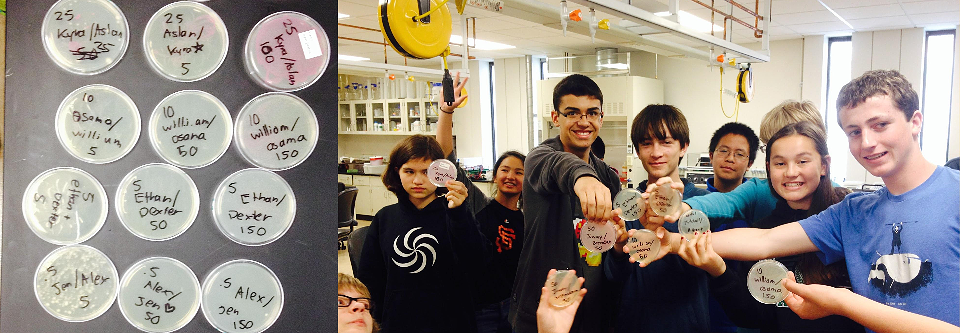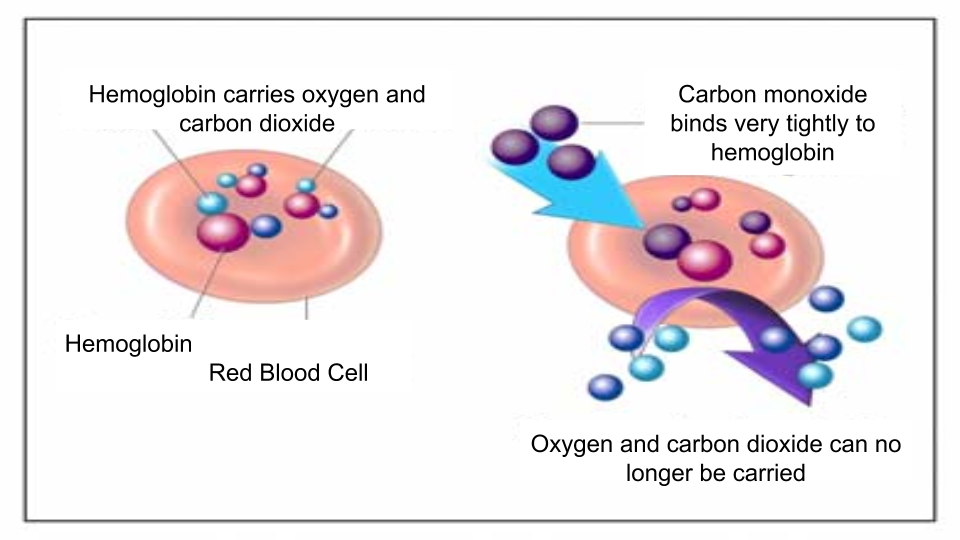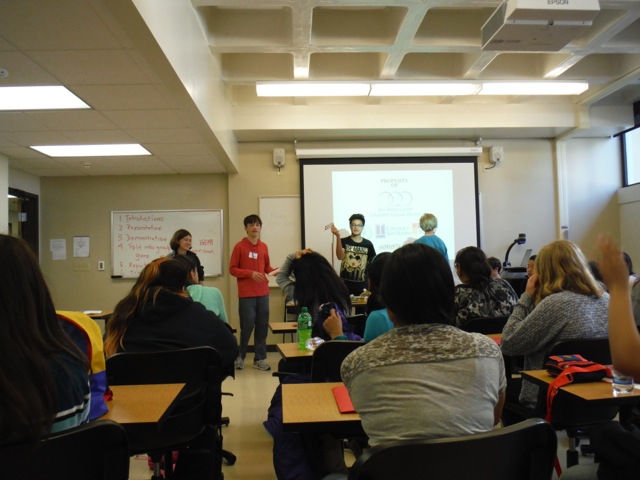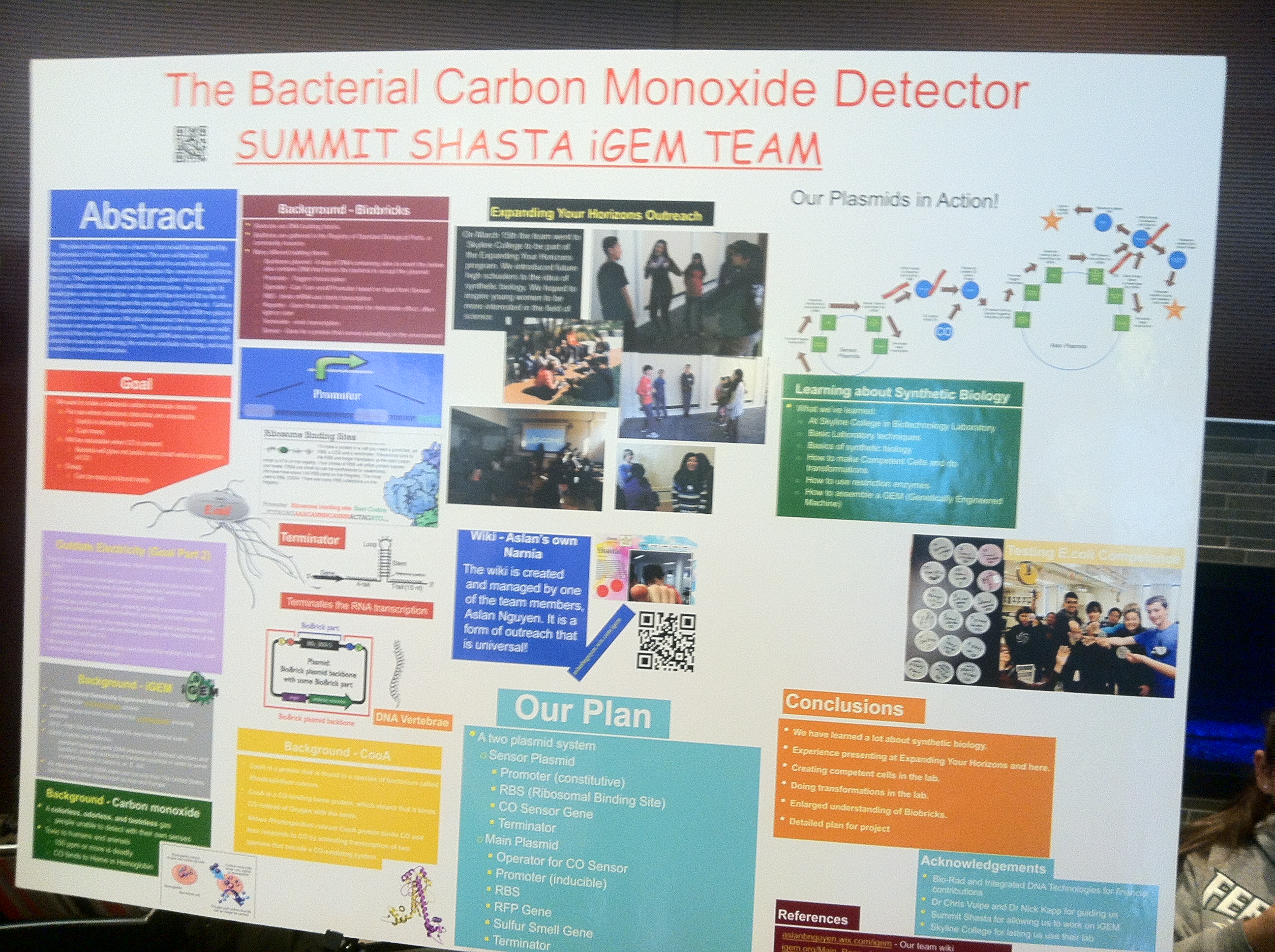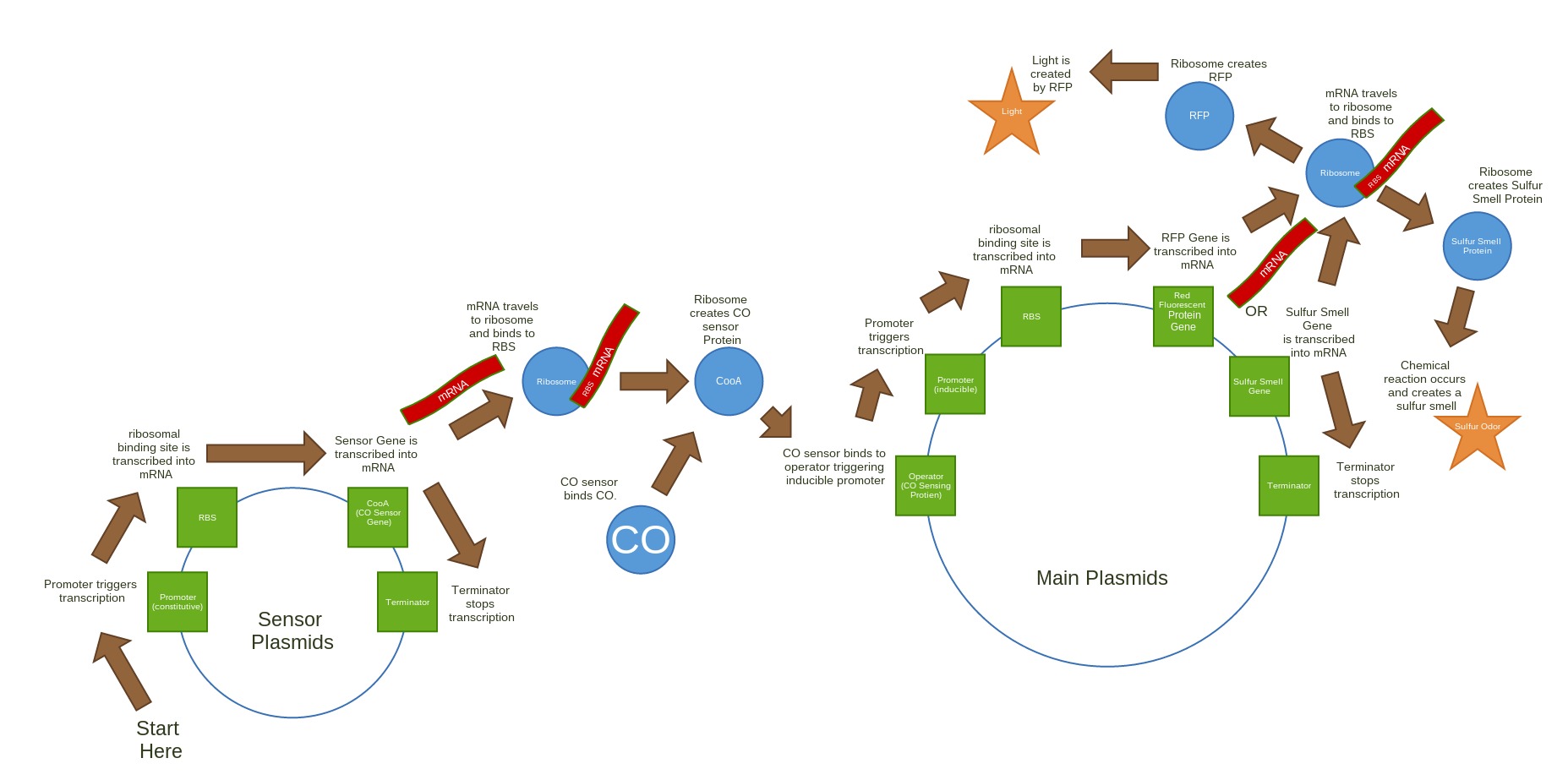Team:Shasta Summit CA
From 2014hs.igem.org
(→Fun!) |
(→Results/Conclusions) |
||
| Line 110: | Line 110: | ||
===Results/Conclusions=== | ===Results/Conclusions=== | ||
Over the course of the year we have practiced with bacteria by making transformations and competent cells. Here is a diagram of the project we intend to complete: [[File:PlasmidDiagram.jpg|thumb|Plasmid Diagram]] | Over the course of the year we have practiced with bacteria by making transformations and competent cells. Here is a diagram of the project we intend to complete: [[File:PlasmidDiagram.jpg|thumb|Plasmid Diagram]] | ||
| + | |||
| + | |||
| + | ---- | ||
===Safety=== | ===Safety=== | ||
Revision as of 21:13, 30 April 2014
[http://aslanbnguyen.wix.com/igem The Main Site]
| [http://aslanbnguyen.wix.com/igem Official Team Profile] |
|---|
Contents |
The Team
Professors:
Chris Vulpe of UC Berkeley
Nick Kapp of Skyline College
Students:
Albert Liu
Alex Liu
Aslan Nguyen
Brendan Thompson
Dexter Hamilton
Ethan Bull-Vulpe
Jen Co
Jimmy Lujan
Kyra Newcomb
Mitchell Wong
Osama Hanhan
Sydney Huddleston
William McEachen
[http://aslanbnguyen.wix.com/igem#!team/c46c Show More!]
Goal
Our goal is to create a CO (Carbon Monoxide) sensor that will detect CO and create a noticeable color. This CO sensor would be more useful than it’s electronic cousin in many ways:
It would not require constant power, this means that you could use it in locations with easy access to power, such as third world countries, underground places/mines, portable/handheld, etc.
It would be small and compact, allowing for easy transportation, meaning it could be carried by people everywhere, providing constant protection. It would create a smell, this means that deaf and blind people would be able to be aware of it, as well as allowing people with headphones or ear protection to sniff out CO.
This means that it would have many uses beyond the ordinary electric, roof-bound, carbon monoxide sensor.
Our Project
We plan to ultimately create a bacteria that would be stimulated by the presence of CO to produce a red hue. The uses of this kind of organism/bacteria would include disaster relief in areas that do not have the access to the equipment needed to monitor the concentration of CO in the area. The goal would be to have the bacteria glow red in the presence of CO, and different colors based on the concentration. For example: It would glow a darker red and/or emit a smell if the level of CO in the air was at fatal levels. It is based upon the percentage of CO in the air. Carbon Monoxide is a fatal gas that is undetectable to humans. In iGEM we plan to use biobricks to make sensors. We plan to construct two sensors, one with the sensor and one with the reporter. The plasmid with the reporter with glow red if the levels of CO are at fatal levels. iGEM also requires outreach which the team has and is doing, the outreach includes teaching, and using a website to convey information.
[http://aslanbnguyen.wix.com/igem#!projects/cm8a Read up here!]
Sponsors
[http://www.bio-rad.com/ Bio-Rad]
Expanding Your Horizon
On March 15th the team went to Skyline College to be part of the Expanding Your Horizons program. They introduced future high schoolers to the idea of synthetic biology. They hoped to inspire young women to be more interested in the field of science.
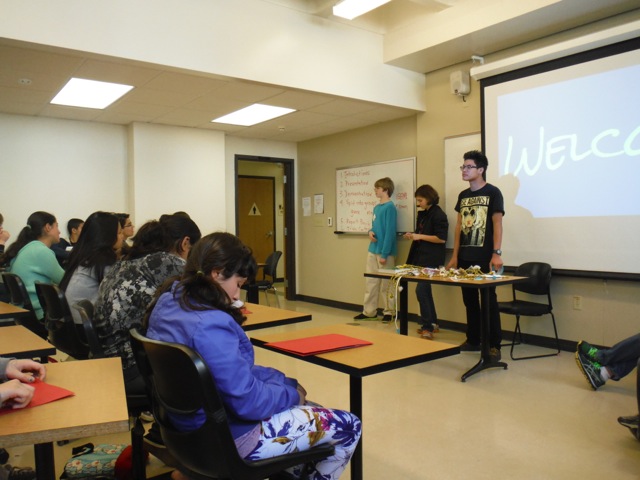
Poster Presentation at Skyline College
On April 24th, 2014, the team gave a presentation about their ideas and synthetic biology at Skyline College in the form of a poster presentation.
The Notebook
Every Tuesday we meet to make progress on our iGEM project. On Thursdays we go to the lab at skyline collage and do laboratory work, at the end of our meetings we discuss the progress we have made, and research new information for our next meeting!
3A Assembly
The team had a blast using the 3A assembly kit. Although with some failures, the team moved on and created a successful transformation!
Results/Conclusions
Over the course of the year we have practiced with bacteria by making transformations and competent cells. Here is a diagram of the project we intend to complete:
Safety
In the lab at Skyline College we are always supervised by Chris Vulpe (Professor at UC Berkeley), and Nicholas Kapp (Professor at Skyline College).
Human Practices
This CO sensor would be useful in many ways:
1. It would not require constant power, this means that you could use it in locations with easy access to power, such as third world countries, underground places/mines, portable/handheld, etc.
2.It would be small and compact, allowing for easy transportation, meaning it could be carried by people everywhere, providing constant protection.
3. It would create a smell, this means that deaf and blind people would be able to be aware of it, as well as allowing people with headphones or ear protection to sniff out CO. This Means that it would have many uses beyond the ordinary electric, roof-bound, carbon monoxide sensor.
Fun!
Everything is FUN
<forum_subtle />
 "
"
